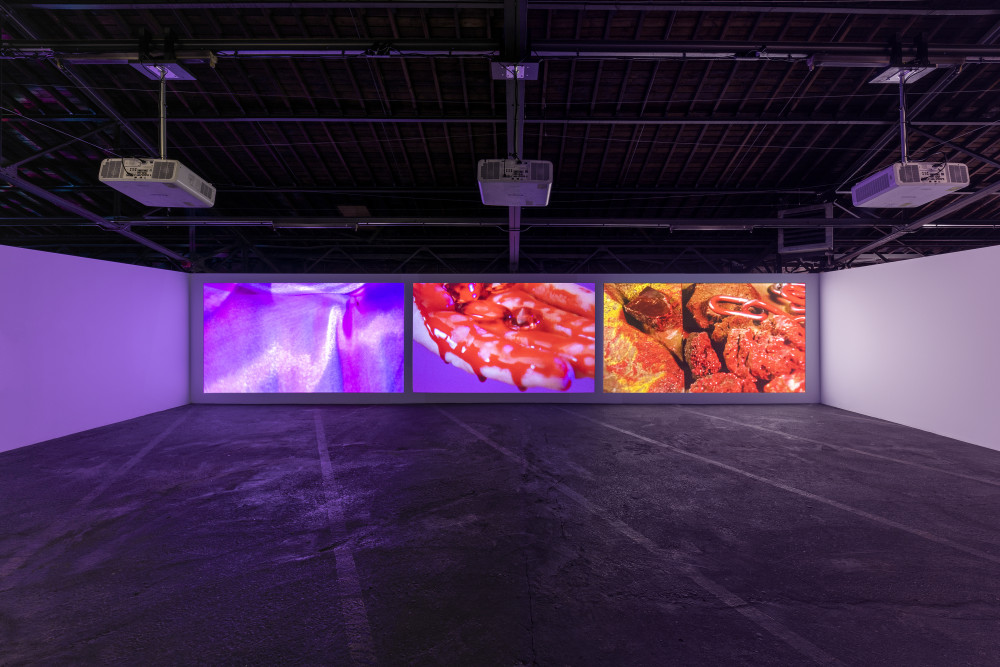Isabelle Cornaro

In her films, Isabelle Cornaro recycles the issues of the ornamental and readymade, revealing the potential of found objects to create symbolic and ideological narratives.
Isabelle Cornaro (born 1974) fills her film with objects she found and confronts them with patterns or actions derived from art history. She graduated as an art historian, specialising in European Mannerism of the 16th century, and won the Prix Ricard in 2010. Using various media (paintings, sculptures, films and installations) she explores the way in which western cultural history conditions the material and sensory perception of the world. Making use of a dense and scholarly reference network, the artist uses a visual language to create a dialogue between scholarly iconography (from baroque to abstract modernism) and popular culture (from caricatures to genre films). Her aim is to analyse systems of representation, reproduction and image translation. Cornaro’s short and silent recordings, produced on 16 mm silver film, question the aesthetic, social and political value of objects as well as their status of merchandise, fetish or work of art. She recycles the issues of the ornamental and readymade, revealing the potential of found objects to create symbolic and ideological narratives. Her cinematographic experiments stand at the crossroads of historical avant-garde’s abstract cinema and landscape paintings. They contain a number of actions and gestures aimed at transcending the static nature of the composition and opening it up to its procedural dimension. Whether arranged separately or spread out in the form of an installation, Carnaro’s films invite visitors to experience a continuously changing perception. Rather than linear and progressive editing, the artist opts for a repetitive and combinatorial structure, accumulating through her series of experimentations a set of autonomous compositions, the scenography of which she re-enacts from the perspective of the gallery.